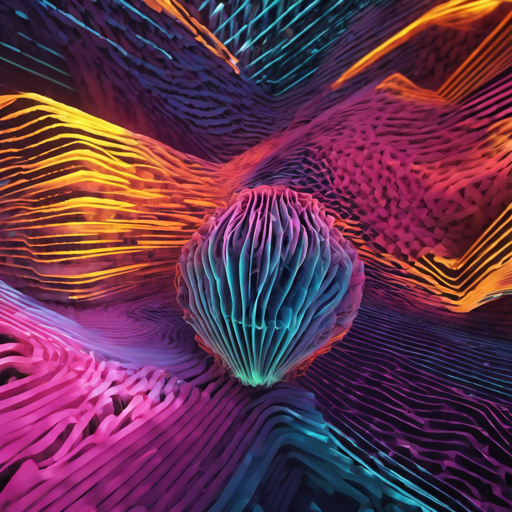If you’re interested in 3D rendering and modeling, you’re probably aware of how complex and computationally intensive this field can be. In this blog post, we’ll explore Tetra-NeRF, a cutting-edge implementation of a neural radiance field that leverages tetrahedra to streamline the rendering process. Whether you’re looking to reproduce results from the Tetra-NeRF paper or use your own images, this guide is designed for you!
Table of Contents
Installation
To get started with Tetra-NeRF, you’ll first need to install a few dependencies:
- CUDA (>=11.3)
- PyTorch (>=1.12.1)
- Nerfstudio (>=0.2.0)
- OptiX (>=7.6)
- CGAL
- CMake (>=3.22.1)
It’s highly recommended to use a conda environment. You can install most of these libraries easily with the following command:
conda install package-nameFinally, you can install Tetra-NeRF by running:
git clone https://github.com/jkulhanek/tetra-nerf cd tetra-nerf cmake . make pip install -e .Using Custom Data
Tetra-NeRF allows you to train the model on your own images. To do this, you first need a COLMAP model for camera poses and a sparse point cloud.
Without Existing COLMAP Model
Create a folder containing your images, ensuring it has a subfolder named images. Then run:
bash python -m tetranerf.scripts.process_images --path data_folderIf you want a precise evaluation, utilize the –separate-training-pointcloud flag.
With Existing COLMAP
If you already have a COLMAP model, structure your folder as follows:
- images
- sparse
- 0
- cameras.bin
Then, start the training:
bash ns-train tetra-nerf colmap --data data_folderReproducing Results
To replicate the results from the Tetra-NeRF paper, follow these steps:
- Download Datasets: You’ll need to download various datasets like the Blender dataset and the Tanks and Temples dataset. Follow the provided links to get these datasets.
- Transform Poses: Ensure you have COLMAP and FFmpeg installed, then use the appropriate scripts for each dataset.
- Running Training: Use the ns-train command to initiate training based on the downloaded datasets.
Troubleshooting
If you run into issues during installation or training, consider the following troubleshooting steps:
- Ensure all required dependencies are installed. You can verify the installation of PyTorch by running:
python -c "import torch; print(torch.__version__)" - Check that your folder structure is correct for both images and COLMAP models.
- If you encounter a CUDA-related error, ensure your GPU drivers and CUDA version are compatible.
For more insights, updates, or to collaborate on AI development projects, stay connected with fxis.ai.
Conclusion
By harnessing the power of Tetra-NeRF, you can effectively represent neural radiance fields for improved 3D rendering. From setting up your environment to using custom images, we hope this guide has illuminated the process for you. Don’t forget to explore the project further to maximize its potential!
At fxis.ai, we believe that such advancements are crucial for the future of AI, as they enable more comprehensive and effective solutions. Our team is continually exploring new methodologies to push the envelope in artificial intelligence, ensuring that our clients benefit from the latest technological innovations.

